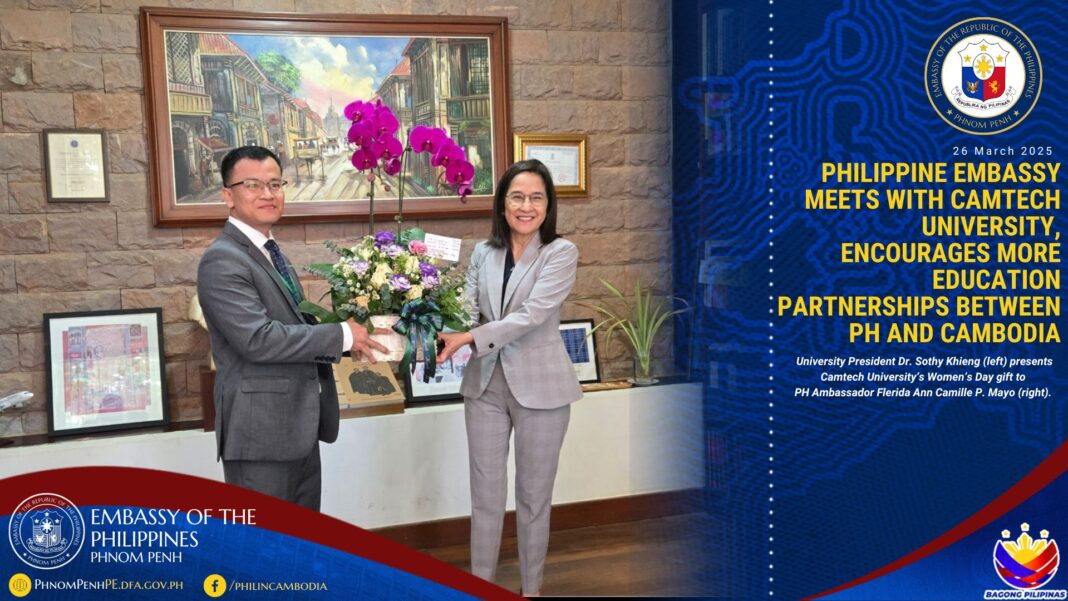Singapore’s leading universities continue to demonstrate their academic excellence on the regional stage, cementing the city-state’s position as a premier higher education hub. The latest rankings reveal how these institutions maintain their competitive edge in an increasingly crowded field.
**Key Points**
- National University of Singapore holds steady at third place in Asia for the second consecutive year
- NTU Singapore maintains its fourth-place regional ranking while excelling in engineering and technology
- Both universities rank globally at 17th position, showcasing Singapore’s educational competitiveness
- Chinese universities Tsinghua and Peking continue to dominate the top two spots
How did Singapore universities perform in the 2025 Asia University Rankings?
The National University of Singapore (NUS) has successfully retained its position as Asia’s third-best university in the Times Higher Education’s 2025 Asia University Rankings. This consistent performance demonstrates the institution’s ability to maintain high academic standards across multiple evaluation criteria.
Ranking 17th globally, NUS showcases particular strength in research capabilities and international outlook. The university continues to excel in specialized fields including engineering and technology, law, and computer science, reinforcing its reputation as a comprehensive academic powerhouse.
What makes NTU Singapore stand out in regional competition?
Consistent fourth-place performance signals institutional stability
Nanyang Technological University, Singapore (NTU Singapore) mirrors NUS’s consistency by retaining its fourth-place position from 2024. Consequently, Singapore now claims two spots in the regional top five, highlighting the country’s concentrated academic excellence.
The institution particularly distinguishes itself in engineering and technology alongside computer science courses. These strengths align with Singapore’s broader technological advancement initiatives and workforce development goals.
Which universities dominate the Asian academic landscape?
Chinese institutions maintain their leadership positions
Leading the regional rankings for another consecutive year is China’s Tsinghua University, followed by Peking University in second place. This continued dominance reflects China’s substantial investments in higher education infrastructure and research capabilities.
Rounding out the top five is the University of Tokyo in Japan, creating a geographical distribution that spans East Asia’s major educational centers.
The regional competition continues to intensify as universities across Asia vie for top positions.
For context, these rankings build upon previous collaborative efforts, such as NUS’s partnership with Microsoft Research Asia in artificial intelligence research. Meanwhile, the Times Higher Education methodology evaluates institutions across multiple performance indicators.
Bottom Line
Singapore’s universities demonstrate remarkable consistency in maintaining their regional standings, with both NUS and NTU Singapore holding their respective third and fourth positions. This stability suggests these institutions have established sustainable academic excellence rather than experiencing temporary ranking fluctuations.
Looking ahead, the challenge will be advancing beyond these established positions as regional competition intensifies and emerging universities invest heavily in research and international partnerships.




